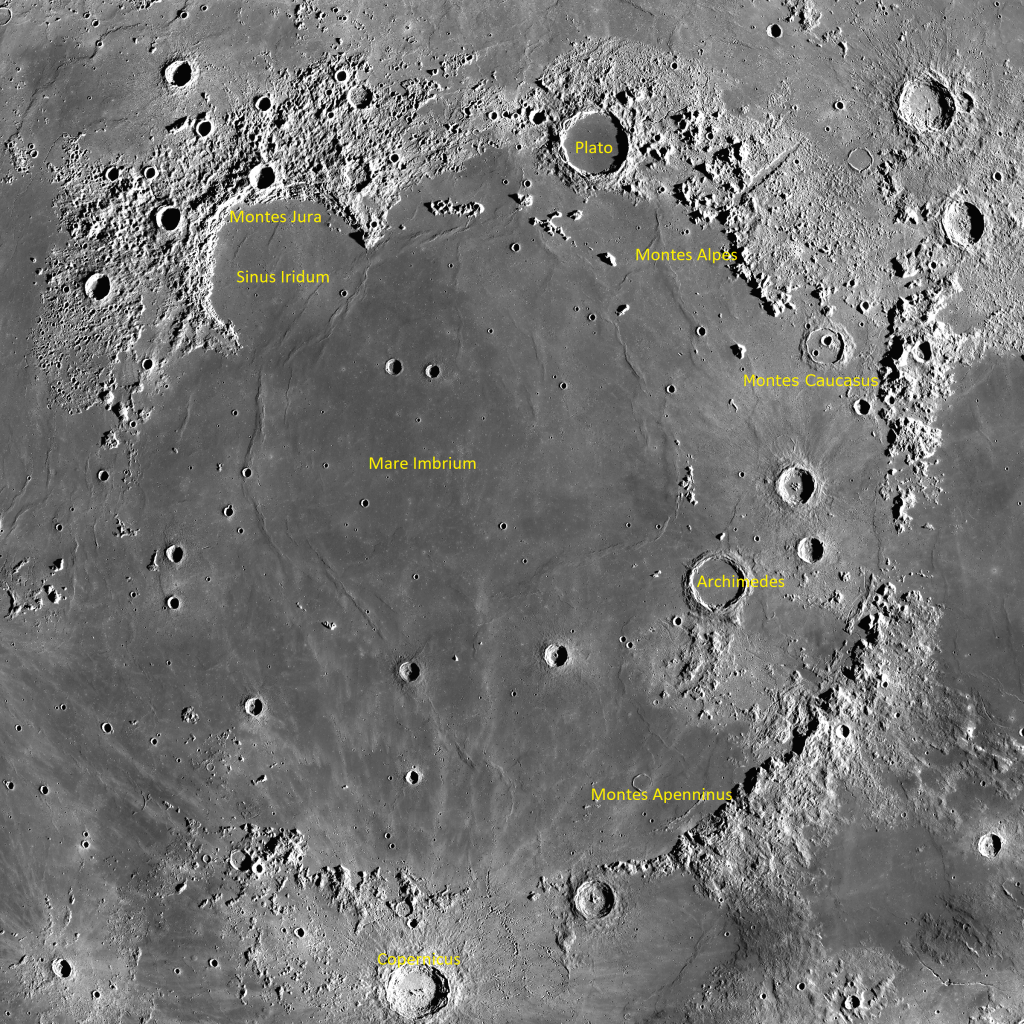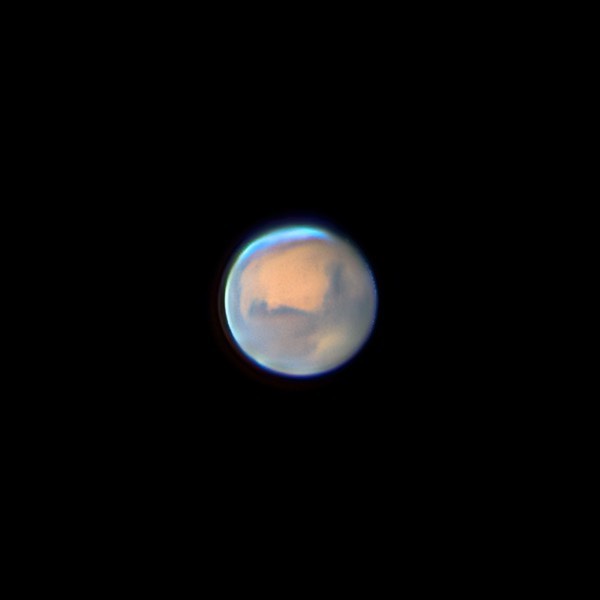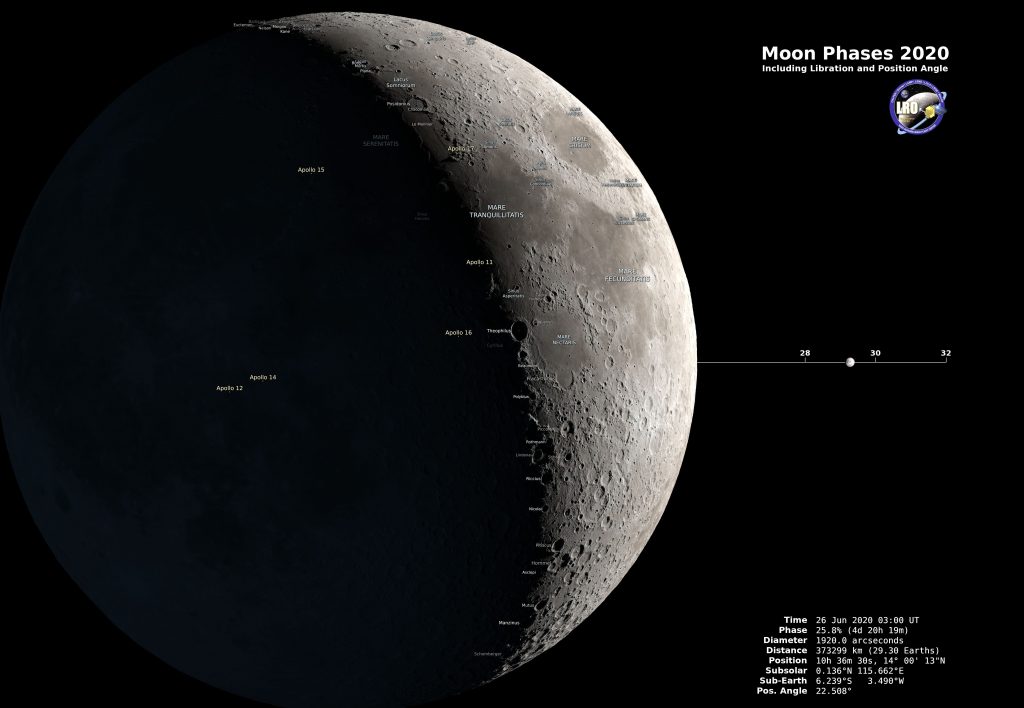The Bright Buck Moon Hangs Low, Morning Mars Takes Aim at Uranus, and Sights for Moonlit Nights!
This image taken by the Lunar Reconnaissance Orbiter shows the fascinating Aristarchus Plateau. The crater Aristarchus at lower right is very prominent, and can be seen even with unaided eyes as a very bright patch. To its left is the similar-sized, but darker crater Herodotus. Vallis Schröteri, the largest sinuous rille on the moon, starts…
Read more









